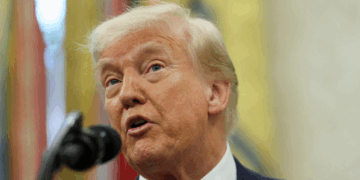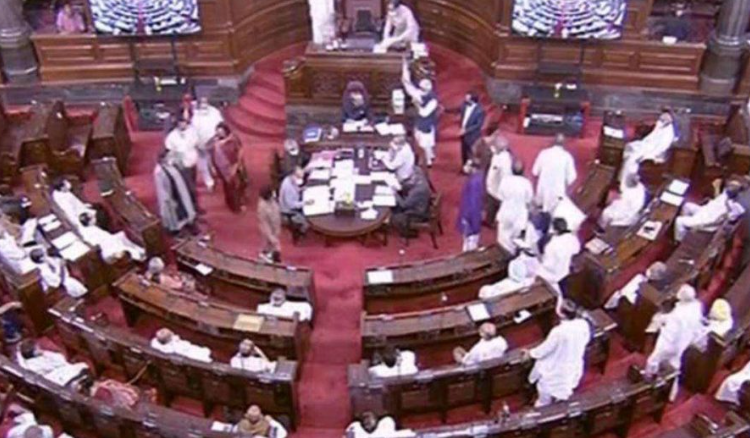Amidst growing concerns about the safety and security of key government installations, the Parliament of India is set to undergo a thorough review of its security systems. The initiative, spearheaded by security experts and government authorities, aims to strengthen the protection of parliamentary facilities against potential threats.
As a key component of the security upgrade, facial recognition devices will be deployed at strategic entry points of the Parliament building. These devices will capture facial images of individuals entering the premises, allowing for real-time identification and authentication. The integration of facial recognition technology is expected to enhance the accuracy and efficiency of the security screening process.
- Real-time Monitoring: The facial recognition devices will enable real-time monitoring of individuals entering and exiting the Parliament building.
- Database Integration: The system will be integrated with existing databases to cross-reference facial images with relevant information for identification purposes.
- Security Protocol Enhancement: The implementation of facial recognition technology is seen as a crucial step in fortifying the overall security protocol of the Parliament.
A government spokesperson stated, “The security of our parliamentary institutions is of utmost importance. The introduction of facial recognition technology is a proactive measure to augment the existing security infrastructure and ensure the safety of our elected representatives and staff.”
The deployment of facial recognition technology raises privacy and ethical considerations, prompting authorities to emphasize the establishment of clear guidelines and safeguards to protect the rights of individuals while ensuring the effectiveness of the security system.
The decision to review and upgrade the Parliament security system with the integration of facial recognition technology underscores the government’s commitment to ensuring the safety and integrity of key democratic institutions. As the new security measures are implemented, ongoing dialogues regarding privacy and ethical considerations will be integral to the successful deployment of these technologies.








 India
India












